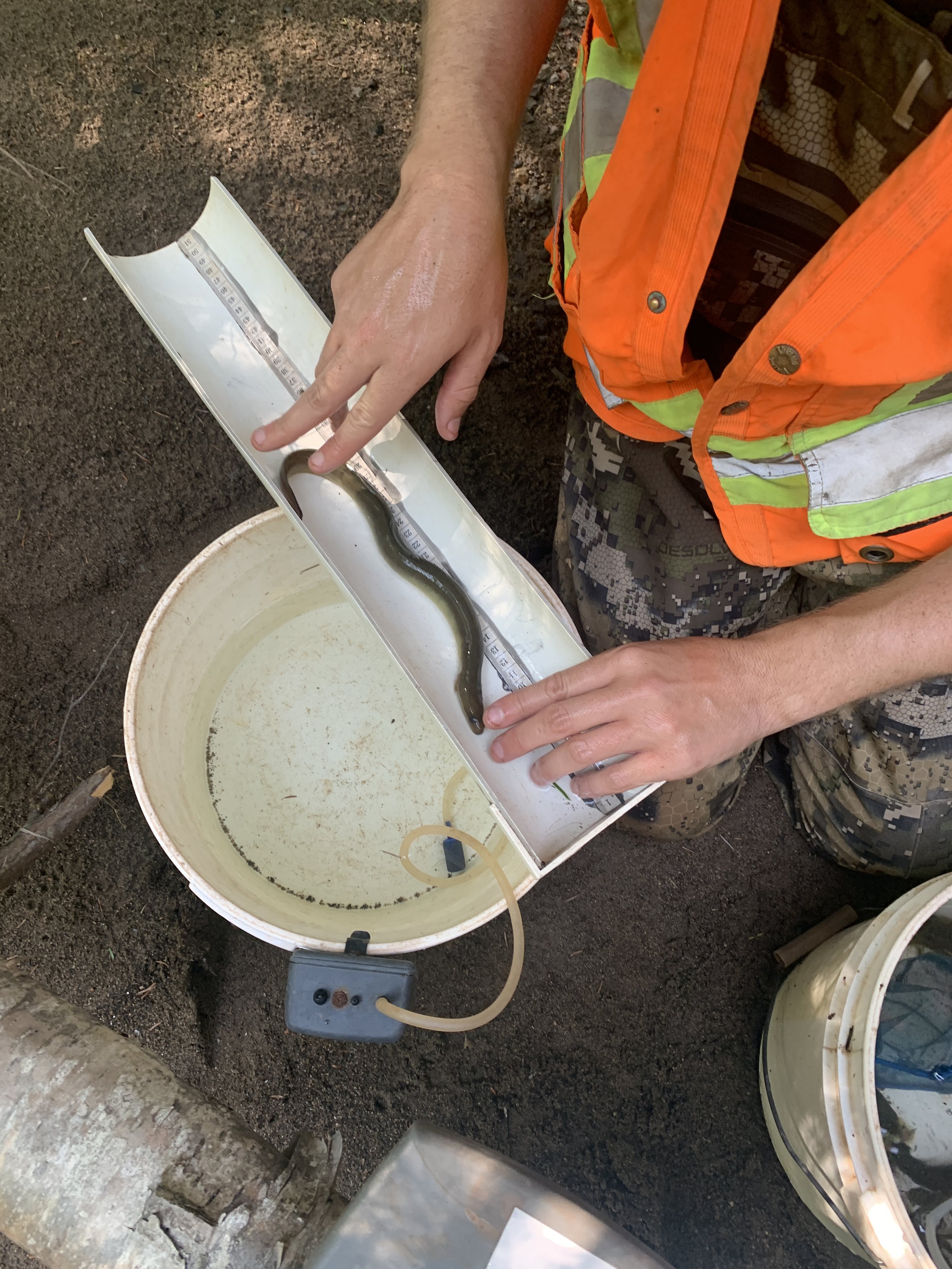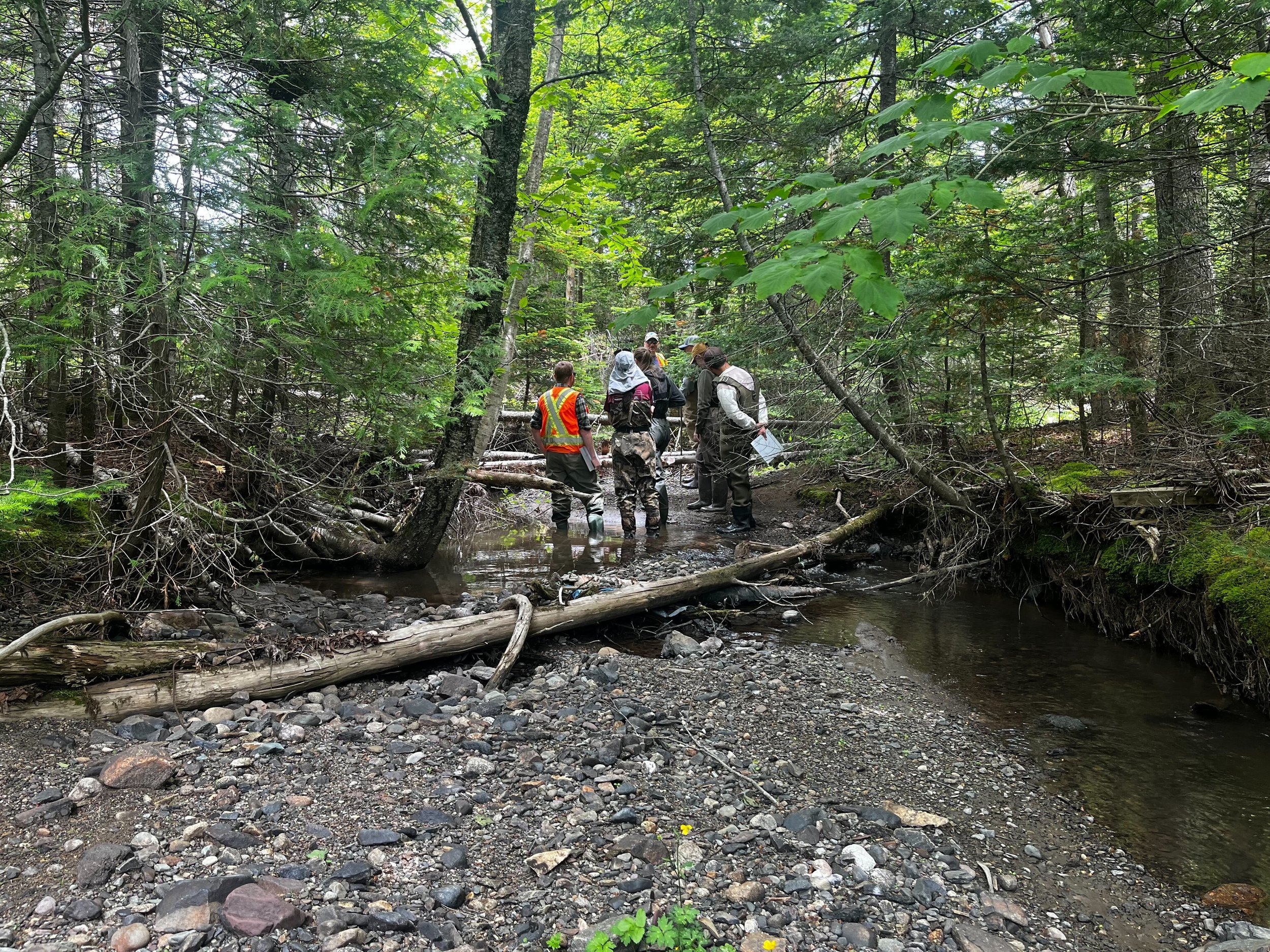Restoration Summer - Work You Can Bank On
Tori Ruigrok, Restoration Coordinator
I’ve been with ACAP for just over a year now, so it seems the perfect time to reflect on some of my projects! Being the Restoration Coordinator, I get to manage everything freshwater and restoration related – riparian restoration, tree planting, stream assessments, and so much more.
Me, conducting stream assessments in the fall!
One of my favourite projects that I’ve worked on so far was a project that was funded through the Aquatic Ecosystems Restoration Fund (AERF), a funding program through the Government of Canada that funds projects that help to restore aquatic ecosystems. Going into the second year of this project, there’s a lot to reflect on! A VERY full field season, and lots of office work to complete some large reports.
This project was a lot of fun last year, as we had to assess streams within three different watersheds to see where the issues were and how/if we could fix them. These watersheds can all be found on the East Side: the Hazen Creek Watershed, Bean Brook Watershed, and Anthonys Brook Watershed. Our first year of the project included a LOT of stream assessments (I’m talking months of stream assessments), where our seasonal and full-time staff members walked the major sections of the streams to assess for a number of things.
This included barriers to aquatic connectivity (such as debris jams, dump sites, beaver dams, or culverts in need to remediation), negative influences on stream habitat (such as erosion and leaking pipes), and sites with optimal fish habitat (such as pools, riffles, or fallen trees that could provide shade). We also collected general data, including information on the vegetation that was present along the streams, and the type of substrate found on the stream bed (like rocks or sand).
Bean Brook, one of the streams that we assessed last June.
Using this data, we picked sites with particularly important issues to target for our restoration work. In the summer and fall of 2024, we planted over 1000 trees and shrubs within the Anthonys Brook Watershed, and removed several deflectors from a section of stream in the Saint John Industrial Park. The deflectors, in our case, were large segments of wood that extended beyond the bank to redirect the stream flow. These deflectors had been installed in the early 2000’s to help with stream function, but were instead causing more issues. Removing them allows the stream to eventually reach its natural equilibrium, rather than trying to force it to behave a certain way.
A deflector before being removed….
And after!!
However, my favourite part of the project was probably the elctrofishing!!! Electrofishing is a technique that uses electricity flowing between an anode (negative end) and cathode (positive end) in the water to temporarily stun fish so that they can be caught and measured. We electrofished a short section of Hazen Creek to see what species of fish would be present. In 2024, the most abundant species that we found were the American eel (Anguilla rostrata), and brook trout (Salvelinus fontinalis). The eels were my favourite – always very slippery and hard to get a hold of, but fun to catch.
Work in the 2025 field season will include quite a few larger projects, including the reconstruction of a stream to help with sediment issues, two green infrastructure projects, some riparian bank work, and the removal of debris jams in each of the three watersheds.
Overall, I’ve really enjoyed working on this project, and look forward to positively impacting these three watersheds in the future. It’s always so rewarding to look back on projects and see how far the ecosystem has come!

















